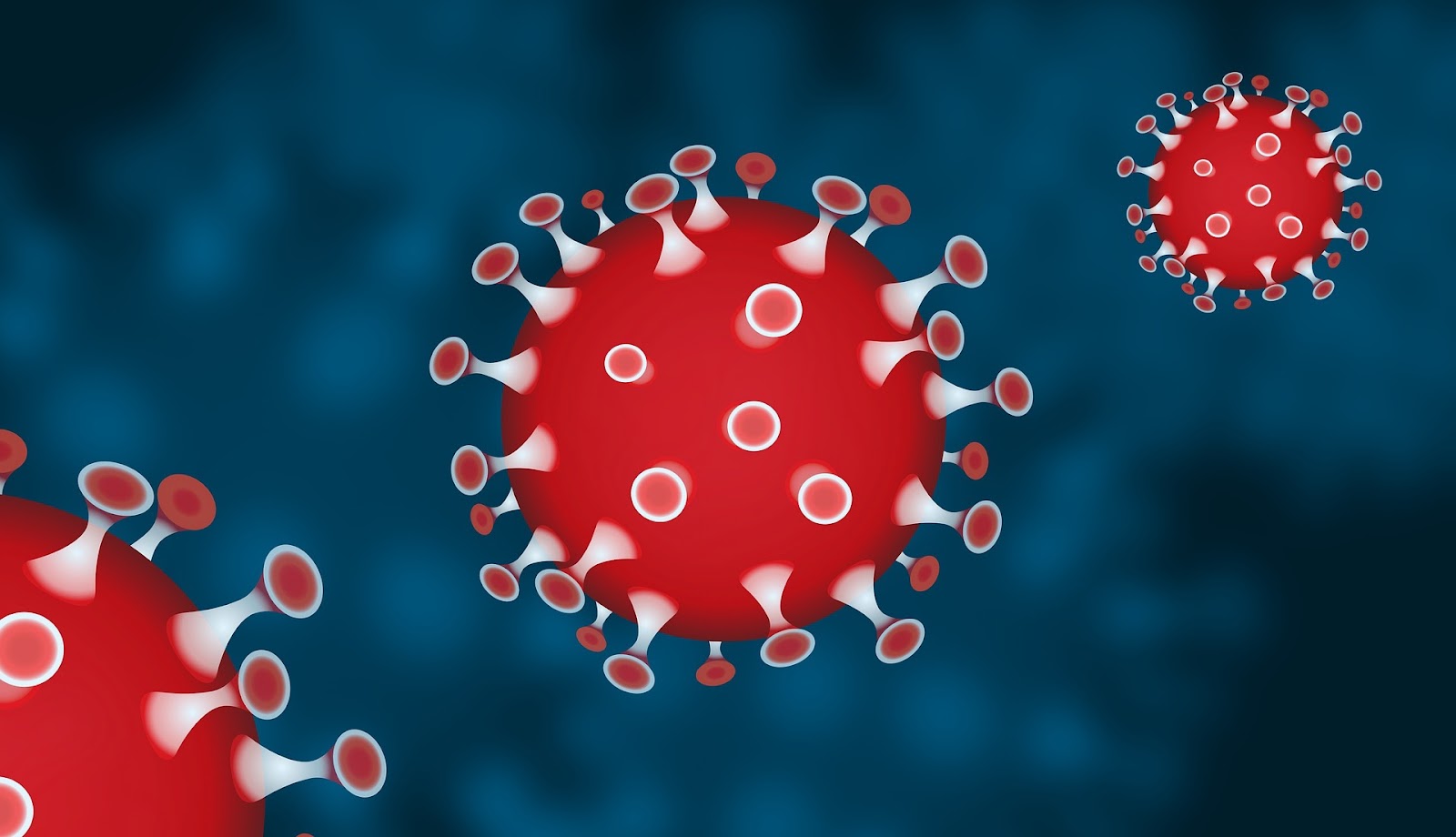Black seed oil is gaining popularity as an alternative health remedy due to its wide range of healing properties. In the past, the small, dark-colored seed of the Nigella sativa plant was used to treat a variety of ailments, including asthma and bronchitis.
Modern science is now recognizing the therapeutic potential of black seed oil, and its uses are being explored in a range of different health-related areas.
1. Helping to Fight Infections: Black seed oil has been found to be effective against bacteria, viruses, and fungi, as well as having anti-inflammatory properties that can help to reduce swelling and pain.
The active compounds in black seed oil are thought to help the immune system fight off infections by increasing the production of white blood cells, which are the body’s natural defense against infections.
2. Lowering Blood Pressure: Black seed oil is a natural remedy that has been used for centuries to help treat a myriad of health conditions. Recent scientific research has shown that black seed oil may be especially effective in lowering blood pressure, making it a potential alternative for those seeking to manage hypertension.
The active component of black seed oil is thymoquinone, an antioxidant that helps reduce inflammation and oxidative stress, which can contribute to high blood pressure. Thymoquinone helps to relax the walls of your blood vessels, allowing them to dilate and reduce the pressure of the blood flowing through them.
3. Reducing Cholesterol Levels: Cholesterol is a type of fat found in the bloodstream that can buildup in the walls of the arteries and cause blockage. High cholesterol levels can increase your risk of heart disease and stroke. Fortunately, research suggests that black seed oil may help reduce cholesterol levels.
Studies have shown that black seed oil has a protective effect against the oxidation of cholesterol, which helps reduce the risk of heart disease. Additionally, it may help reduce the levels of bad cholesterol (LDL) and increase the levels of good cholesterol (HDL).
4. Relieving Asthma Symptoms: The anti-inflammatory and bronchodilatory properties of black seed oil have been found to reduce the symptoms of asthma, including wheezing and shortness of breath.
In one clinical trial, black seed oil was found to improve symptoms in asthmatic individuals when used in combination with conventional medications. Another study concluded that black seed oil was effective in reducing asthma symptoms, with participants experiencing a reduction in cough, wheezing, breathlessness and chest tightness.
5. Treating Skin Conditions: The oil is extracted from the seeds of the black cumin plant. It contains many compounds including thymoquinone which is believed to be responsible for the anti-inflammatory properties. This makes black seed oil an excellent choice for treating skin conditions that are caused by inflammation. It can help to reduce swelling, redness, and itching.
When applied topically, black seed oil has been found to be effective in treating eczema and psoriasis, as well as reducing the appearance of scars and stretch marks.
6. Improving Cognitive Function: Black seed oil is also high in essential fatty acids which are necessary for healthy brain function. This helps improve blood flow to the brain, which can improve cognitive performance.
Additionally, the anti-inflammatory properties of black seed oil can help reduce inflammation in the brain, which has been linked to memory loss and other cognitive decline.
Studies have found that black seed oil can help to improve memory, focus, and concentration.
7. Supporting Digestive Health: Black seed oil is a natural remedy that has been used for centuries to support digestive health. The oil, derived from black cumin seeds, is a rich source of phytonutrients, vitamins, minerals, and fatty acids like Omega-3 and omega-6. It has powerful anti-inflammatory and antibacterial properties, making it ideal for treating a variety of digestive problems. Black seed oil is known to reduce bloating, gas, heartburn, constipation, and even reduce symptoms of irritable bowel syndrome.
8. Strengthening the Immune System: Black seed oil can help improve absorption of nutrients and help strengthen the immune system. The oil is safe to use and has minimal side effects. It can be consumed in capsule form or added to meals. Whether you’re looking for a natural remedy to support your digestive health or just want to incorporate more nutrients into your diet, black seed oil is a great option.
Regular consumption of black seed oil can help to strengthen the immune system and protect the body from a range of illnesses and infections.
9. Reducing Inflammation: The anti-inflammatory properties of black seed oil are also beneficial for reducing pain and swelling, and can help to treat a range of conditions, including arthritis and gout.
Studies have shown that black seed oil can reduce inflammation by decreasing the production of pro-inflammatory cytokines, which are molecules that signal the body to produce inflammation. The oil also contains antioxidants that can help reduce oxidative stress, which is another contributor to inflammation.
10. Promoting Hair Growth: Black seed oil has been found to be effective in promoting hair growth and reducing hair loss. It can also help to keep the scalp healthy and improve the overall condition of the hair.
To use black seed oil for hair growth, you can mix a few drops of oil with a carrier oil such as argan or jojoba oil, and massage it into the scalp. Allow the oil to sit for at least an hour before washing your hair.
Remember to always use a high-quality, cold-pressed black seed oil, as this will contain the most nutrients. And always consult with your healthcare provider before starting any new treatments.





Comments
Post a Comment